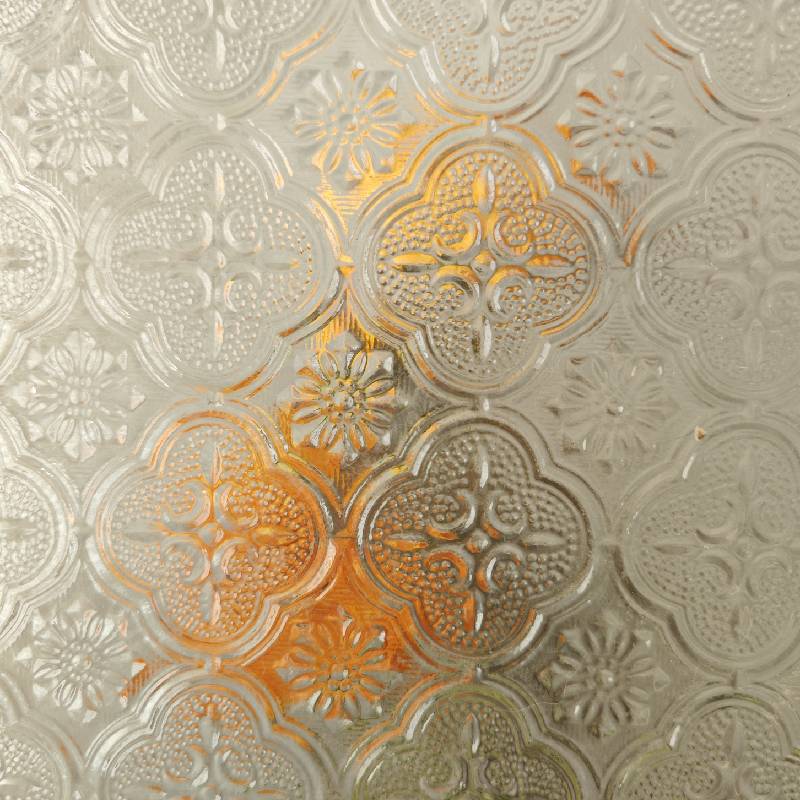

The Allure of Real Silver Mirrors
Throughout history, mirrors have held a significant place in art, culture, and everyday life. Among the various types of mirrors available today, real silver mirrors stand out for their quality, beauty, and timeless appeal. Unlike modern alternatives that use aluminum or other materials, real silver mirrors are crafted using traditional techniques that elevate their status beyond mere functionality. This article explores the history, craftsmanship, and unique qualities of real silver mirrors, highlighting why they continue to be cherished in contemporary decor.
A Brief History
The history of mirrors dates back thousands of years, with early civilizations using polished stones, metals, and later, glass coated with reflective materials. The use of silver for creating mirrors can be traced to the 16th century, when artisans began applying a thin layer of silver nitrate to the back of glass, resulting in a surface that reflected images with remarkable clarity and brightness. This innovative method quickly gained popularity among the wealthy and has since evolved into a respected craft.
Real silver mirrors are not only prized for their reflective qualities but also for the nostalgia and elegance they bring to a space. Their production is closely associated with artistic techniques, where each piece is made individually, allowing for unique variations in finish and quality. This artisanal approach gives real silver mirrors an irreplaceable charm that mass-produced alternatives lack.
Craftsmanship
Creating a real silver mirror involves a meticulous, multi-step process that requires skill, precision, and patience. First, high-quality glass is selected for its clarity and smoothness. Once the glass is prepared, a thin layer of silver is applied using a process known as silvering, which involves chemically reducing silver nitrate to create metallic silver on the glass surface. This operation must be performed in a controlled environment, as any particles or imperfections can compromise the mirror's quality.
After the silver layer is applied, a protective backing is placed on the mirror to ensure the silver does not tarnish or oxidize. This protective layer is crucial, as it preserves the integrity of the mirror for years to come. Finally, the edges are polished, and the mirror is framed, often in ornate designs that complement its vintage aesthetic.

Unique Qualities
The appeal of real silver mirrors goes beyond their craftsmanship; they possess distinct qualities that enhance any setting. The reflective surface offers a warmer tone compared to modern mirrors, which can sometimes appear harsh or overly sterile. Real silver mirrors create softer reflections and are known for their ability to amplify light in a room, making spaces feel brighter and more inviting.
Moreover, the patina that develops over time on real silver mirrors adds character, creating a sense of history and depth. While some may view this natural aging as a flaw, many interior designers celebrate it as a mark of authenticity that tells a story. The elegant designs and timeworn charm of real silver mirrors make them perfect additions to both traditional and contemporary interiors.
Timeless Appeal
Despite the rise of modern materials and manufacturing techniques, real silver mirrors remain in high demand. Designers and homeowners alike recognize their unique ability to blend seamlessly into various decor styles—from regal classical interiors to minimalist modern spaces. They can serve as statement pieces in entryways, living rooms, or bathrooms, drawing attention and admiration without overwhelming the surrounding decor.
While many may be tempted by cheaper, mass-produced alternatives, investing in a real silver mirror proves to be worthwhile. Their durability, aesthetic qualities, and timeless charm ensure they will retain their value and beauty for generations, becoming heirloom pieces that can be passed down through families.
Conclusion
In a world driven by technology and mass production, real silver mirrors hold a special place as symbols of artistry, history, and elegance. Their rich heritage, along with the intricacies of their craftsmanship, contribute to their allure. Whether used as a functional item or a decorative piece, real silver mirrors embody a blend of beauty and utility, ensuring their status as cherished objects in homes for years to come. Investing in a real silver mirror is not merely a purchase—it is an acquisition of history, art, and timeless beauty.